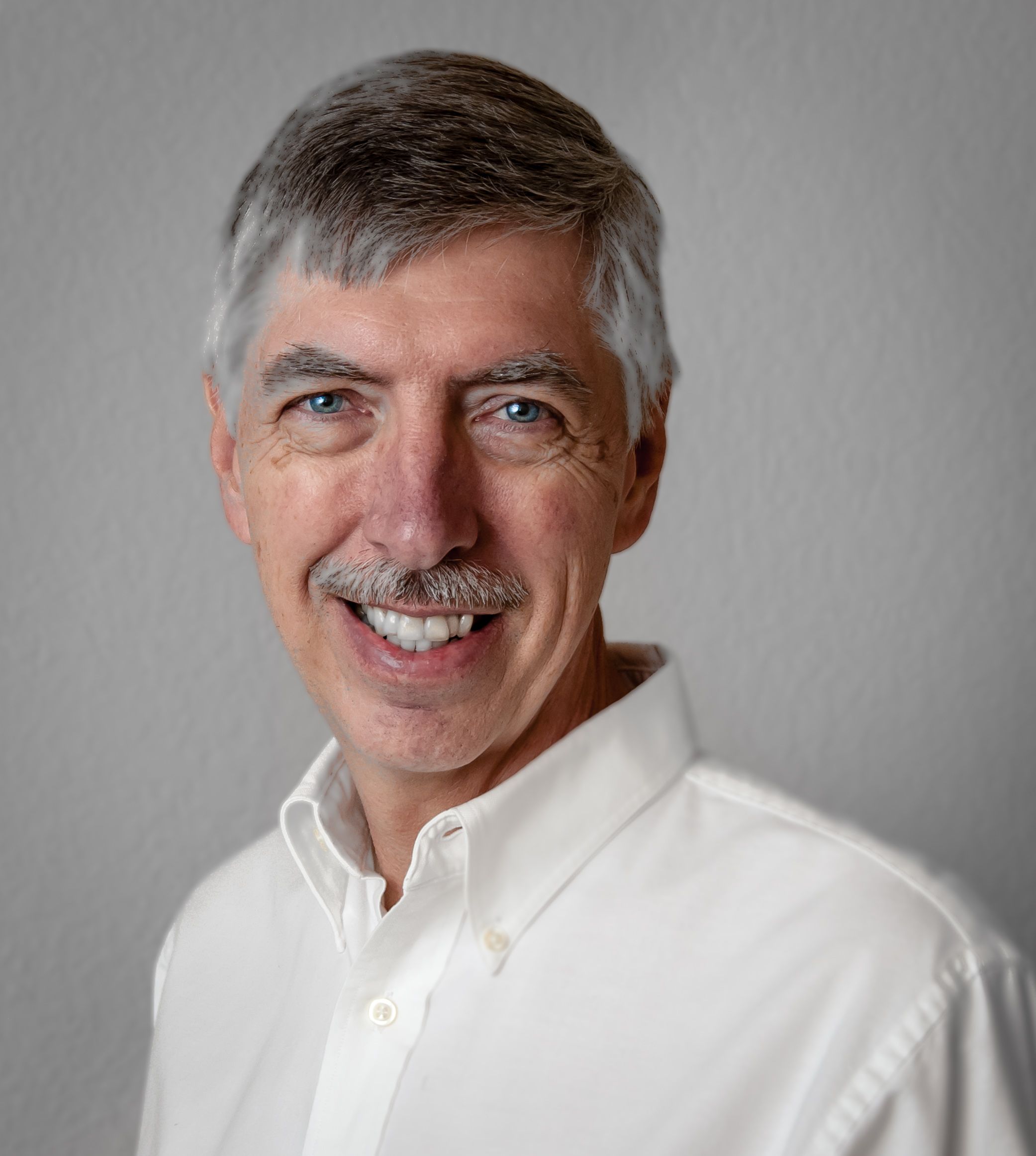Naturally Fractured Reservoir Recognition & Characterization: Geology and Mechanics
OR
About the Course
Ready to take a deep dive into naturally fractured reservoirs? In this extensive lecture series, Dr. Wayne Narr will not only cover the basics of NFRs, but he will take you around the world to analyze a diverse array of reservoirs in order to better understand and identify them. This series also covers several technical aspects of NFRs, including: the geology of NFRs, fracture characterization, fluid flow in fractures, prediction, modeling, and reservoir management.
This series is designed for both geologists and reservoir engineers.
This is the 4th course for this series. Here we review fracture systems at outcrop analogs in an extensive survey of their character, then we proceed to address the mechanical basis for natural fractures. Listed below are the 11 courses in this series. You can pick anyone to start, but our suggested learning path is:
- 1. Introduction
- 2. Overview of NFR examples
- 3. Heterogeneity & screening; is my reservoir naturally fractured?
- 4. Geology and mechanics of natural fracture systems
- 5. Fluid flow in fractures
- 6. Fracture characterization
- 7. Geological analysis of subsurface fractures (including several exercises)
- 8. NFR prediction
- 9. Modeling NFRs
- 10. Drilling and completion in NFRs
- 11. Course wrap up and parting advice
Bring me to the 11-course bundle
Your Instructor

Wayne Narr is a structural geologist with interest in characterization and modeling of naturally fractured reservoirs. He held the title of Senior Research Consultant for Chevron Energy Technology Company where he worked for 27 years on an array of international projects that included reservoir structural geology studies, consulting, technology development, training, and exploration. Prior to this he worked 8 years for Gulf Oil where his work included both R&D and exploration.
Wayne has worked extensively with reservoir engineers as well as geologists, with the goal of integrating engineering and geological data to improve understanding of naturally fractured reservoirs, often culminating in construction of fracture models for flow simulation. His work has included studies and synthesis of reservoir data as well as outcrop analogs. The reservoirs he has studied include naturally fractured carbonates and clastic rock, and both conventional and unconventional reservoirs as well as geothermal reservoirs.
Wayne currently teaches courses on naturally fractured reservoirs, leads field trips, and consults. He has written research articles on NFRs as well as co-authored a book. In 2008 he was honored to be an SPE Distinguished Lecturer, in which he traveled the world to talk about naturally fractured reservoirs. Wayne holds a Ph.D. in Structural Geology from Princeton University, an M.Sc. in Structural Geology from University of Toronto, and a B.S. in Geology from Pennsylvania State University.
Course Curriculum
-
Start1. Mohr Circle Diagram (10:06)
-
Start2. Failure Envelope: Shear Fracture and Tensile Fracture (7:26)
-
Start3. Effective Stress Law and How To Create A Fracture (9:44)
-
Start4. Different Rock Material Properties Affect Fracture Types (7:46)
-
Start5. Fracture Behavior Is Controlled by Rock Type and Stress Field (6:10)
-
Start6. Frictional Sliding and Critical Stress (10:35)
